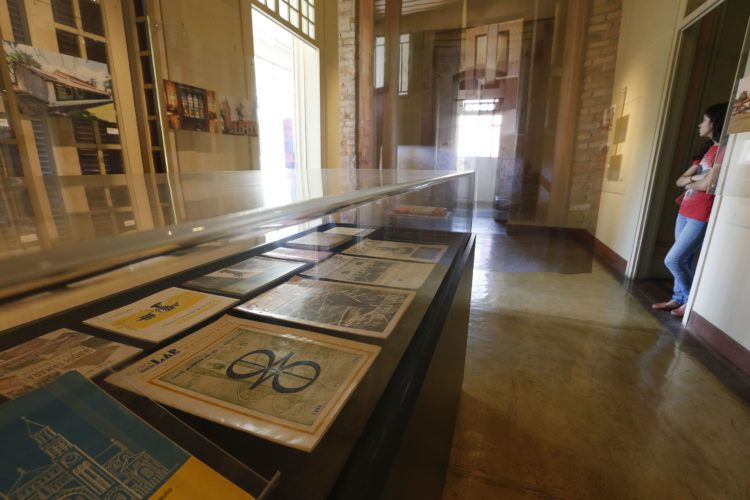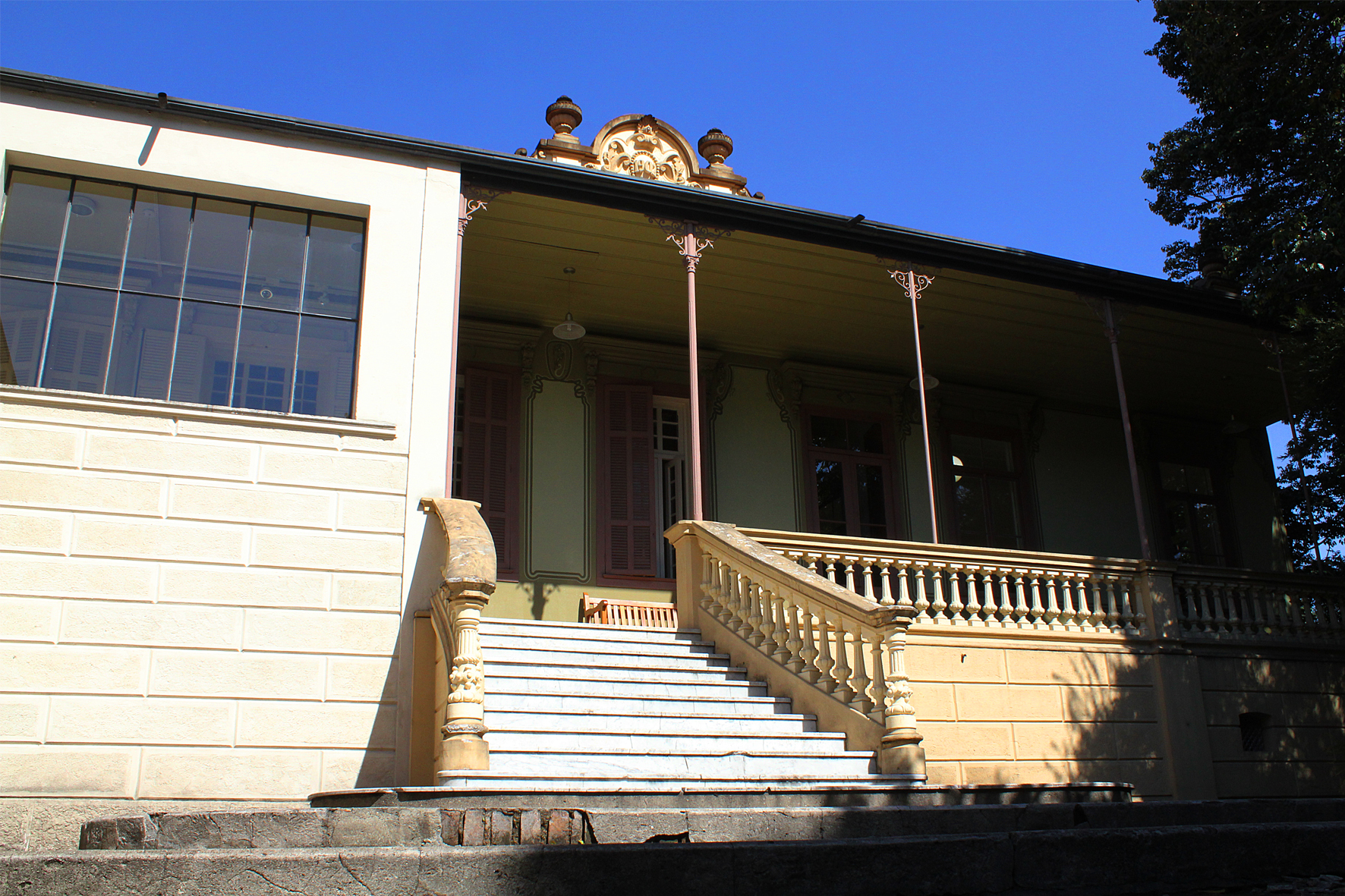The Center for Cultural Preservation (CPC), located at Casa de Dona Yayá, fosters and problematizes proposals for connection and sharing of knowledge produced at the University, in the field of material and intangible heritage. The Center has stood out nationally for promoting events that propose reflections on cultural heritage and has become a reference for the preservation area.
Mission
- To promote actions of extroversion, education, communication, and interpretation of USP’s cultural heritage and on the heritage agenda with special attention to Casa de Dona Yayá;
- To promote inventories of USP’s cultural heritage;
- To promote the curation of Casa de Dona Yayá, understood as a process that involves research, inventorying, preservation, extroversion, education, communication, and interpretation;
- To formulate suggestions for preservation and safeguarding policies for USP’s cultural heritage;
- To foster the articulation of networks of professionals, agents, researchers, and stakeholders in the field of cultural heritage at the University of São Paulo;
- To advise and accompany units and organs in actions of identification, preservation, and valorization of USP’s cultural heritage.
Values
- Identification, inventory, preservation, safeguarding, extroversion, and interpretation of cultural assets.
Vision
- To strengthen itself as a place for the development of research, inventorying, preservation, extroversion, education, communication, and interpretation of material and intangible assets of USP;
- To expand its role as an organ that establishes policies for the preservation and safeguarding of USP’s cultural heritage;
- To consolidate itself as a center for training and articulation of national heritage.
The Center for Cultural Preservation (CPC) was created in 2002 as an organ of the Pro-Rectorate for Culture and University Extension of the University of São Paulo. It inherited from the former Cultural Heritage Commission, created in 1986, the role of promoting actions and reflections on the preservation of the University’s cultural heritage, including its monuments, collections, and memories. It is responsible for formulating guidelines and policies for the preservation of university heritage, inventorying the cultural assets of USP, fostering and developing programs for their valorization and documentation, and advising processes of restoration, intervention, incorporation, and alienation of the same.
The transfer in 2004 of the headquarters of CPC-USP – previously located in the University City – to a historic building in the Bixiga neighborhood enabled the increase of cultural and university extension activities, which since then has introduced into its agenda actions of museological communication, heritage education, dissemination of specialized knowledge, and cultural socialization through research, workshops, courses, lectures, symposiums, exhibitions, guided tours, and artistic presentations. These activities have been contributing to the strengthening and diversification of ties between the university and society.

Its current headquarters, Casa de Dona Yayá, a property listed by municipal and state instances, was transferred to USP in 1969 as part of the dormant estate of Sebastiana Melo Freire, Dona Yayá. It is a residence in eclectic style, characteristic of late 19th and early 20th-century architecture, built on the remains of a brick chalet from 1870. From the 1920s, this property became the residence of Dona Yayá, who since then showed signs of psychological disturbances. The house was adapted to her particular health conditions, becoming a private psychiatric asylum, until her death in 1961. Since the house was incorporated into the University’s heritage, surveys and historical studies have been developed, which guided its preservation and culminated in the proposal of CPC – USP, which aimed to guarantee its public destination as a place of memory, whose uses and activities should necessarily articulate with its historicity. Its restoration was awarded the Rodrigo Mello Franco de Andrade Prize, granted by the National Historical and Artistic Heritage Institute (IPHAN), in 2004.
CPC-USP has recently been reorganized, structuring itself into axes that facilitated the division of responsibilities, the coordination of investments, the continuity and coherence between actions, the compatibility between the organ’s objectives and the competencies and talents represented in its functional body: Constructions, Sets, and Sites; Collections and Collections; Education and Memory; Promotion and Cultural Interaction; Documentation and Information.





